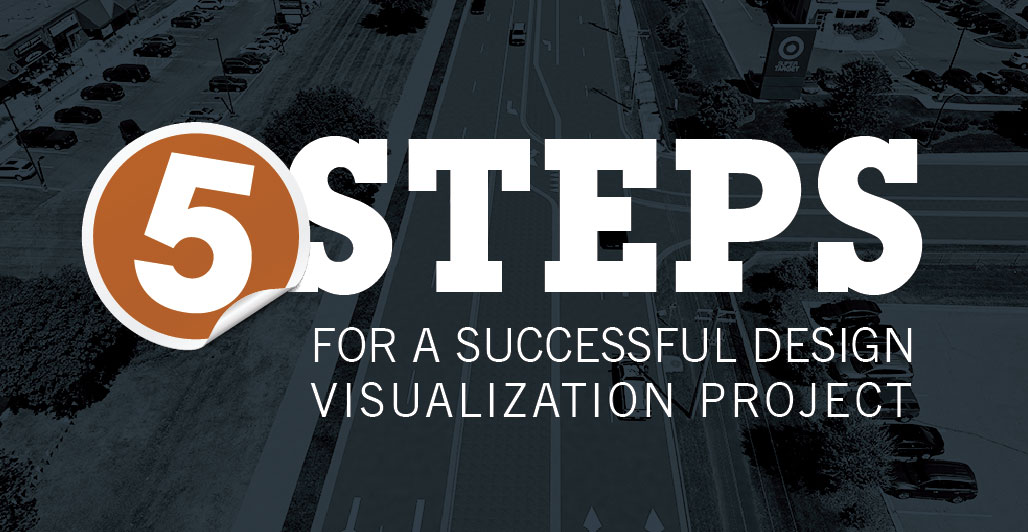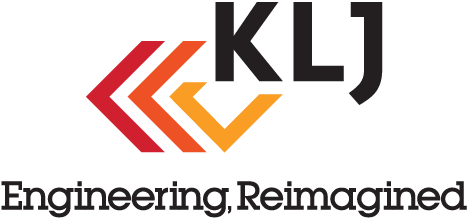5 Steps for a Successful Design Visualization Project

Design visualization is a great tool to help you and project stakeholders really envision and understand the project early in the planning stage. Adding this to your next project can be a game changer and a seamless process with the right team. For Part 3 of our design visualization series, we’re sharing a few steps on how to best prepare for and incorporate design visualization successfully from KLJ’s design visualization expert, Chris Harris.
First and foremost, if design visualization isn’t part of your project – Ask about it! Our team of designers, animators, and 3d specialists will easily bring your project to life through renderings, animations, or even a walk through 3d model.
Now on to a few easy steps to make the process as seamless as possible.
Identify the Audience
Identifying your audience is an essential first step to any project. It ensures the project is tailored to meet the needs of both you and your project stakeholders. Once the audience is known, visualization options that will work best while also keeping your specific project needs top of mind are presented.
Decide on the Final Product & Understand Its Time Needs
Next, we will select the design visualization option that will work best for you, your stakeholders, and overall project timeline.
Something to note: Renderings can take a couple days to a few weeks depending on what is being modeled. Animations typically require a longer timeframe due to the complex and detailed nature of animated video. Real-time visualization varies depending on if you just want to walk through a 3d model (which could be days to weeks) or if you want a fully interactive model (which could take a few months).
Review and Approve Design for Visualizations
Review and approve the design before our visualization specialists start their work, as changing the design after visualization work has begun can extend timelines resulting in missed deadlines.
Build Context Model in Advance
Context modeling can be completed months in advance. We will start modeling the contextual buildings, terrain, and vegetation well before any of the design work has even started. Having the contextual model completed allows us to enhance details in your design and focus on presenting the project’s design intent in an aesthetically pleasing way.
Communication
Communication is key to keep everyone on the same page. The more the visual designer knows about your project, the easier it will be to craft an outstanding final product on schedule that will wow your stakeholders.
If you are interested in learning more or how design visualization can be added to your next project, contact Melissa Oelke at melissa.oelke@kljeng.com.
